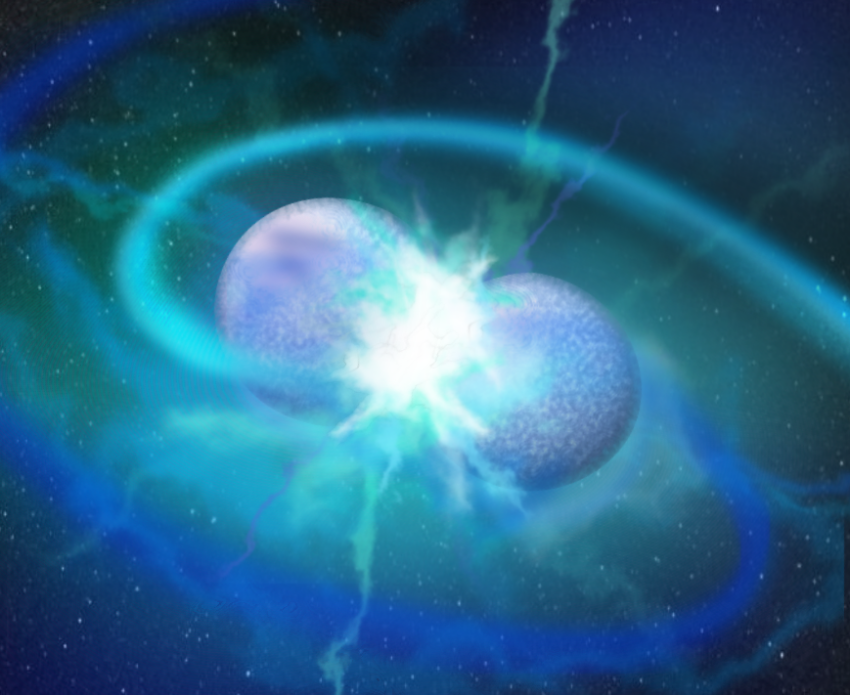Astronomers discover new type of star that science cannot yet explain
These stars appear to have surfaces covered in carbon and oxygen, implying that they are still burning helium

Astronmers have discovered a strange new kind of star caused by a rare event.
This cosmic phenomenon is covered in the by-product of helium gas burning up in space and is possibly the result of a stellar merger event.
Normal stars have surfaces made up of hydrogen and helium, but the ones discovered by Professor Klaus Werner and other German astronomers at the University of Tübingen have surfaces covered with carbon and oxygen – the ashes of helium burning.
These new stars also have temperatures and radii that indicate they are still burning helium in their cores.
“We believe the stars discovered by our German colleagues might have formed in a very rare kind of stellar merger event between two white dwarf stars,” said Dr Miller Bertolami of the Institute for Astrophysics of La Plata, lead author of a paper that could explain their reaction.
White dwarfs are the remnants of larger stars that have exhausted their nuclear fuel and are very small and dense. When these dwarfs are in close binary systems, due to gravitational waves, they can occasionally merge.
“Usually, white dwarf mergers do not lead to the formation of stars enriched in carbon and oxygen,” explained Dr Bertolami. “But we believe that, for binary systems formed with very specific masses, a carbon- and oxygen-rich white dwarf might be disrupted and end up on top of a helium-rich one, leading to the formation of these stars”.
No current stellar evolutionary models can fully explain the newly discovered stars, with more models needed to assess whether these mergers can actually happen.
“Normally we expect stars with these surface compositions to have already finished burning helium in their cores, and to be on their way to becoming white dwarfs. These new stars are a severe challenge to our understanding of stellar evolution,” explained Professor Werner.
Join our commenting forum
Join thought-provoking conversations, follow other Independent readers and see their replies
Comments